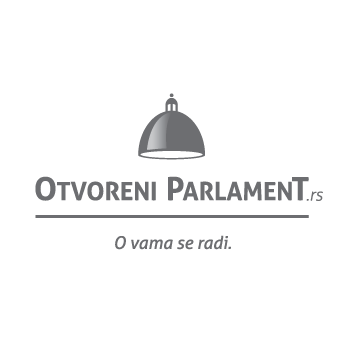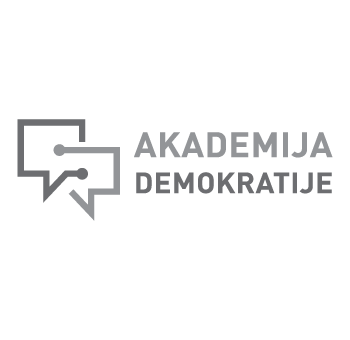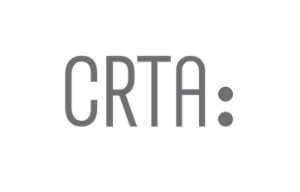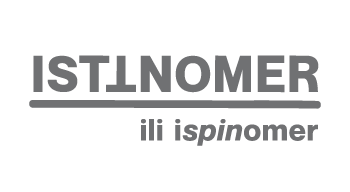CRTA research: Social Welfare Centers as Prey for Political Parties
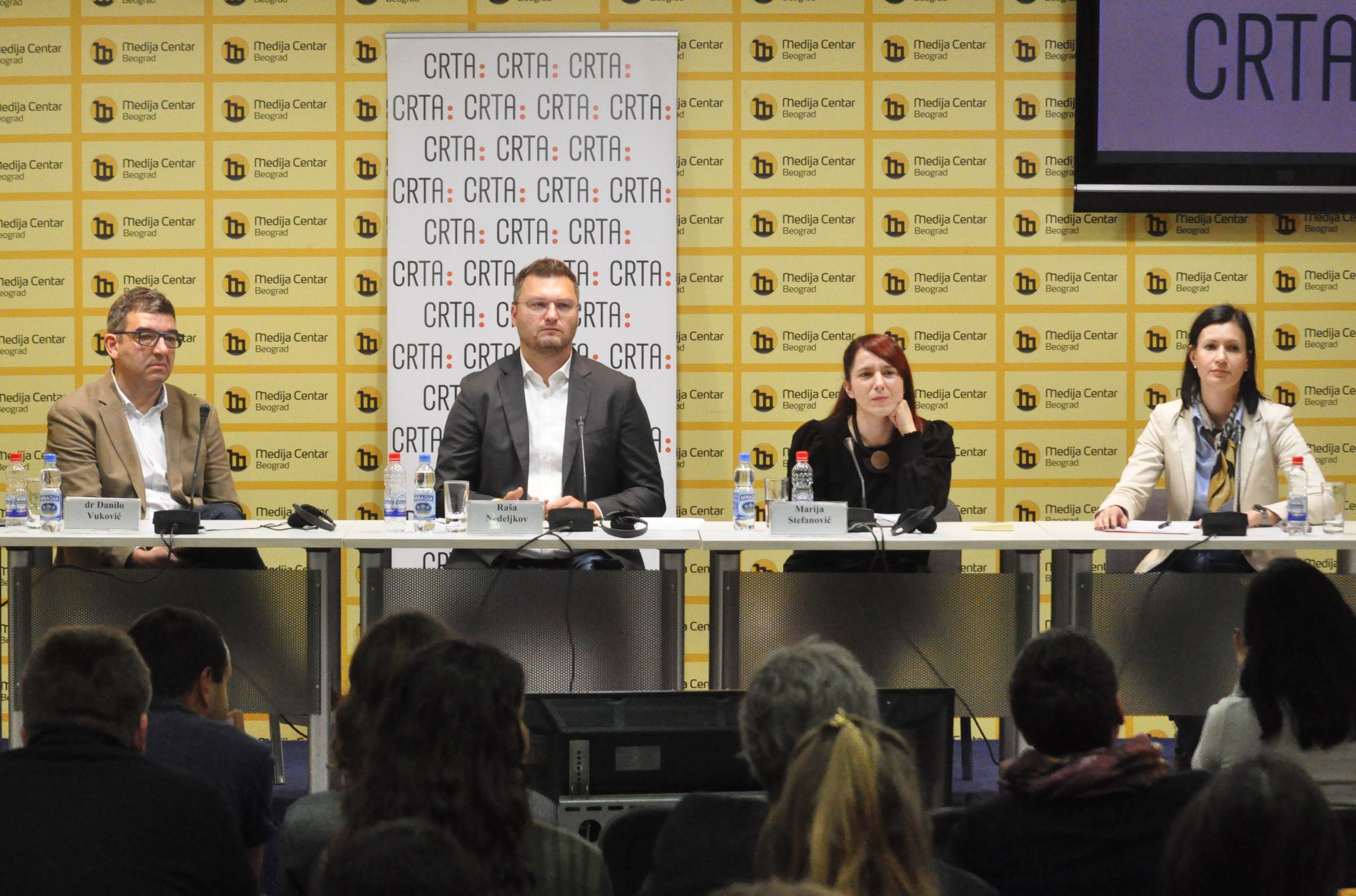 CRTA conference
CRTA conference
Electoral corruption and clientelism spare no areas, even those that might seem less lucrative for political parties, such as the social welfare system, in which, despite limited resources, political parties find space for their interests. By coercing and “buying” the votes of the most economically vulnerable citizens, political parties exploit the situation in which half a million people in Serbia live in absolute poverty, the number of registered users in Social Welfare Centers is around 700,000, and 176,000 citizens receive social financial assistance. These findings were presented at a press conference where the research conducted by CRTA, titled “The Network of Political Pressures in Social Welfare Centers,” was introduced.
“It’s important to remember today, on the International Day for the Eradication of Poverty, and with elections on the horizon, that political pressures, which have been an everyday occurrence for many years, intensify during the pre-election period and are particularly ruthless towards citizens who depend most on state assistance,” said Raša Nedeljkov, program director of CRTA. “In an environment where institutions are crumbling, and state and public resources are shamelessly used for party interests, the most vulnerable categories of the population are treated as a compliant army of voters. That’s why it’s essential for us to show solidarity – to support those who speak out about political pressures and help those who are afraid.”
Faced with a shortage of professional staff, poor working conditions, an overwhelming caseload, inadequate infrastructure, and other signs of weak institutions, Social Welfare Centers have become fertile ground for establishing clientelistic relationships. They are crucial for political parties primarily as a link to voters who are relatively easy to bribe and intimidate.
CRTA’s research identified that clientelistic relationships in Social Welfare Centers operate in a hierarchical model of relationships, in which several key actors have specific roles.
“The party leadership usually exerts influence through the municipal or city leadership, which is responsible for pressuring the Directors of the Centers or employees directly involved in the distribution of material aid and local services funded by local self-government,” said Marija Stefanović, manager of qualitative research at CRTA, who, alongside Danilo Vuković, a professor at the Faculty of Law, University of Belgrade, authored the report. “The Center Director, as the main link between the party and the institution, develops this clientelistic network, pressures employees, and enables the misuse of public resources.”
Professional workers and other employees in the Centers are used in multiple ways – as reliable votes, party activists, direct agents of pressure on beneficiaries, and “donors” who contribute part of their salary to the party. At the end of the chain are socially vulnerable citizens who must vote as directed, participate in rallies, and, in some cases, even give up a portion of the financial assistance they receive to the party.
“Our research has shown the ruthless nature of party networks that blackmail the most vulnerable citizens, conditioning the receipt of social assistance on party engagement, voting, or party activism, and even returning part of the financial aid to the party,” emphasized Professor Danilo Vuković. “But they don’t just pressure beneficiaries; they also pressure social welfare employees.”
The issue of voter pressure has been in the recommendations of the ODIHR (Office for Democratic Institutions and Human Rights) for improving the electoral process since 2014 and remains unresolved.
The complete research is available on the website: pritisci.crta.rs and at this link.

